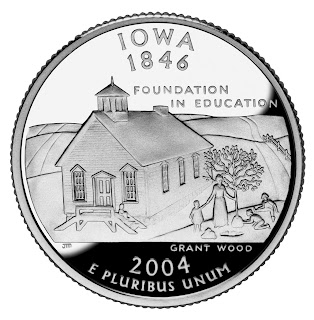 Appreciate free-form radio? Then consider supporting independent station WFMU during its annual fundraising Marathon that runs February 28 through March 13, 2011. WFMU first hit the airwaves on April 24, 1958 at the now-defunct Upsala College and has never looked back. Currently based in Jersey City, New Jersey, WFMU broadcasts at 91.1 Mhz and via a second signal at 90.1 Mhz in Mount Hope, New York. WFMU has also long been an Internet pioneer, streaming its programming 24/7 in multiple formats, including iPhone and Android. Past shows are archived at the station's website, which also features WFMU's entertaining and content-rich blog.
Appreciate free-form radio? Then consider supporting independent station WFMU during its annual fundraising Marathon that runs February 28 through March 13, 2011. WFMU first hit the airwaves on April 24, 1958 at the now-defunct Upsala College and has never looked back. Currently based in Jersey City, New Jersey, WFMU broadcasts at 91.1 Mhz and via a second signal at 90.1 Mhz in Mount Hope, New York. WFMU has also long been an Internet pioneer, streaming its programming 24/7 in multiple formats, including iPhone and Android. Past shows are archived at the station's website, which also features WFMU's entertaining and content-rich blog.What is free-form radio you might ask? WFMU describes itself as follows:
WFMU's programming ranges from flat-out uncategorizable strangeness to rock and roll, experimental music, 78 RPM Records, jazz, psychedelia, hip-hop, electronica, hand-cranked wax cylinders, punk rock, gospel, exotica, R&B, radio improvisation, cooking instructions, classic radio airchecks, found sound, dopey call-in shows, interviews with obscure radio personalities and notable science-world luminaries, spoken word collages, Andrew Lloyd Webber soundtracks in languages other than English as well as country and western music.And because WFMU is 100% listener-supported, with zero corporate, government, or other underwriting, WFMU DJs have for years maintained complete autonomy and control over their own programming, which is indeed extraordinarily eclectic. Check out the current WFMU audio smorgasbord, and see for yourself!
Note: The poster shown above was designed by Dave Cunningham for the 2002 Marathon. The premiums for this year's marathon can be viewed here.






